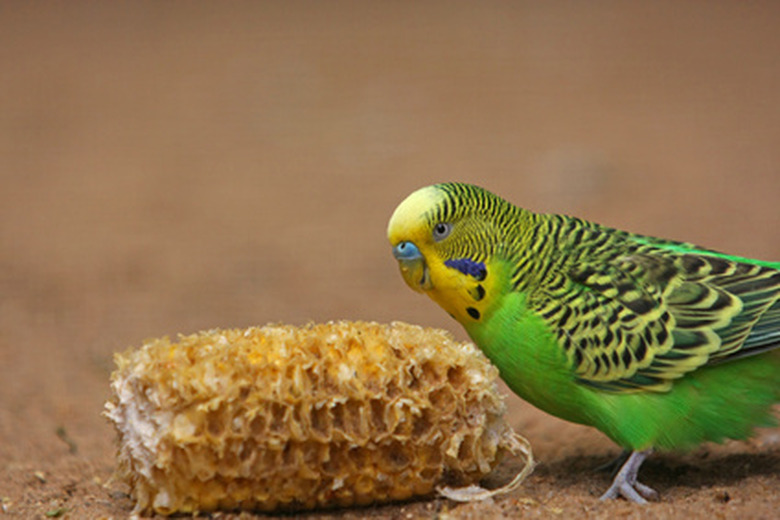How To Tell The Difference Between A Male & Female Parakeet
If you've ever wondered how to tell male and female parakeets differences, you can do so after they reach maturity. After about 12 months of age, the cere area, a fleshy area above the bird's nostrils, changes color. Males generally develop a blue, pink, or purple cere, while a female's cere turns light tan or pale blue. For budgies younger than 12 months, it's not easy to determine the bird's gender, but you can use some personality cues to get a general idea.
Different types of parakeets
Different types of parakeets
Did you know there are more than a dozen parakeet species? Parakeets, also known as budgerigars — or "budgies" — are a small species of parrot. Budgies have long tails and are smaller than the well-known parrots, such as cockatiels or Amazons. Parakeets have a more stocky body and come in a variety of bright colors. Some types of parakeets are kept as pets, but some are found only in the wild.
Parakeets can be found in the wild in Asia, Australia, South America, and Central America. Parakeets live in tropical climates and are highly intelligent creatures. The budgies that most people keep as pets are those native to Australia. They are about 7 inches long and weigh about an ounce.
Budgies come in many colors, including blue, green, yellow, violet, and even orange. Depending on the rarity of the bird's color, the pet bird may be more expensive to buy. For instance, a blue or violet parakeet will cost more than a green one because green is more common.
Male and female parakeet behavior
Male and female parakeet behavior
Use physical features and behavior cues to identify male and female parakeets. Male budgerigars tend to be more animated and playful. Males will learn to talk earlier, and males will sing more than females. Males tend to sing, while females squawk. A male will flirt and dance around, bobbing his head. He may even mount another bird in a mating gesture. Females, on the other hand, are more apt to chew, mainly because she wants to build a nest. Females can also be much more assertive, brooding, or moody.
Male birds will most likely learn quicker than a female and generally display a happier mood than a female budgie. These birds can be very vocal, often tweeting along with a song, learning a few spoken words, or imitating noises they hear repeatedly. Parakeets can be noisy, sometimes emitting a screaming noise, but they can also whistle, talk, and sing. When a parakeet stands on his perch and flaps his wings or stretches his wings, it's a sign of contentment and communication. Basically, your bird is saying "hello" when his wings are outstretched as you walk by his perch.
Identifying male and female parakeets
Identifying male and female parakeets
Identifying parakeets is not always easy, but it can be done with a little experience and know-how. After owning and raising a few birds to maturity, most people will know what signs to look for to distinguish between male and female parakeets.
From the color of the parakeet's cere to whether a budgie sings or squawks, you can use both visual and behavior cues to help you determine whether a parakeet is male or female. No matter whether your budgie is a female or male, you'll enjoy a lifetime of fun becoming a pet bird parent.
